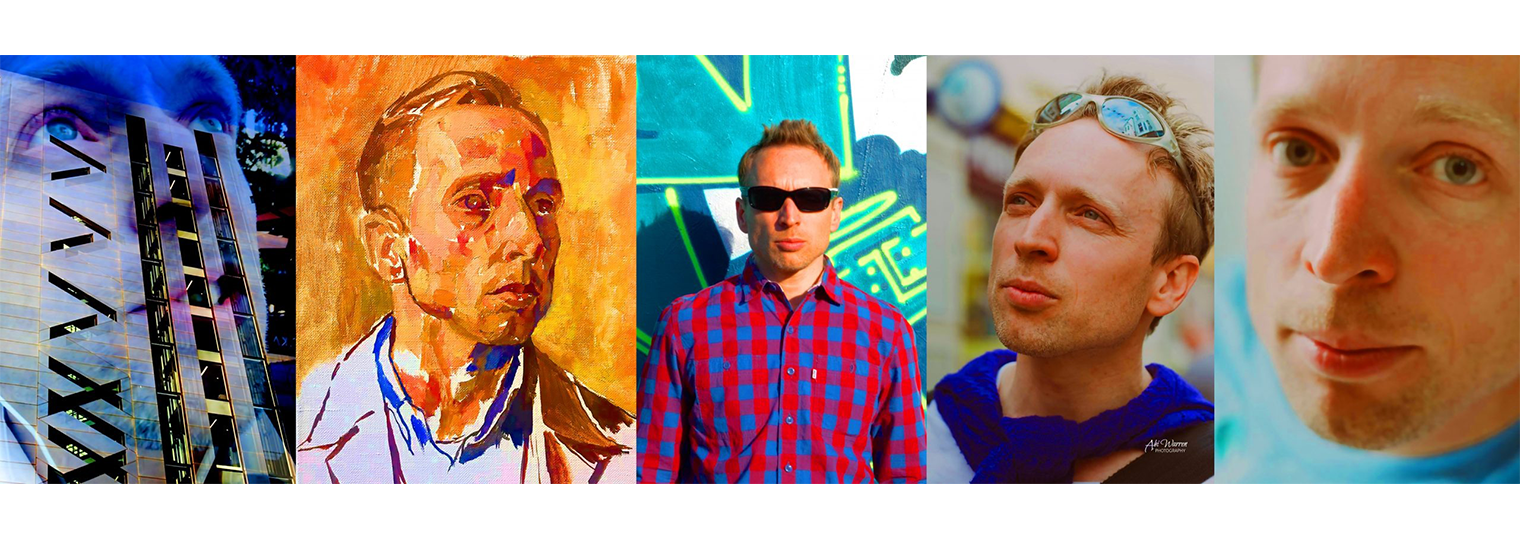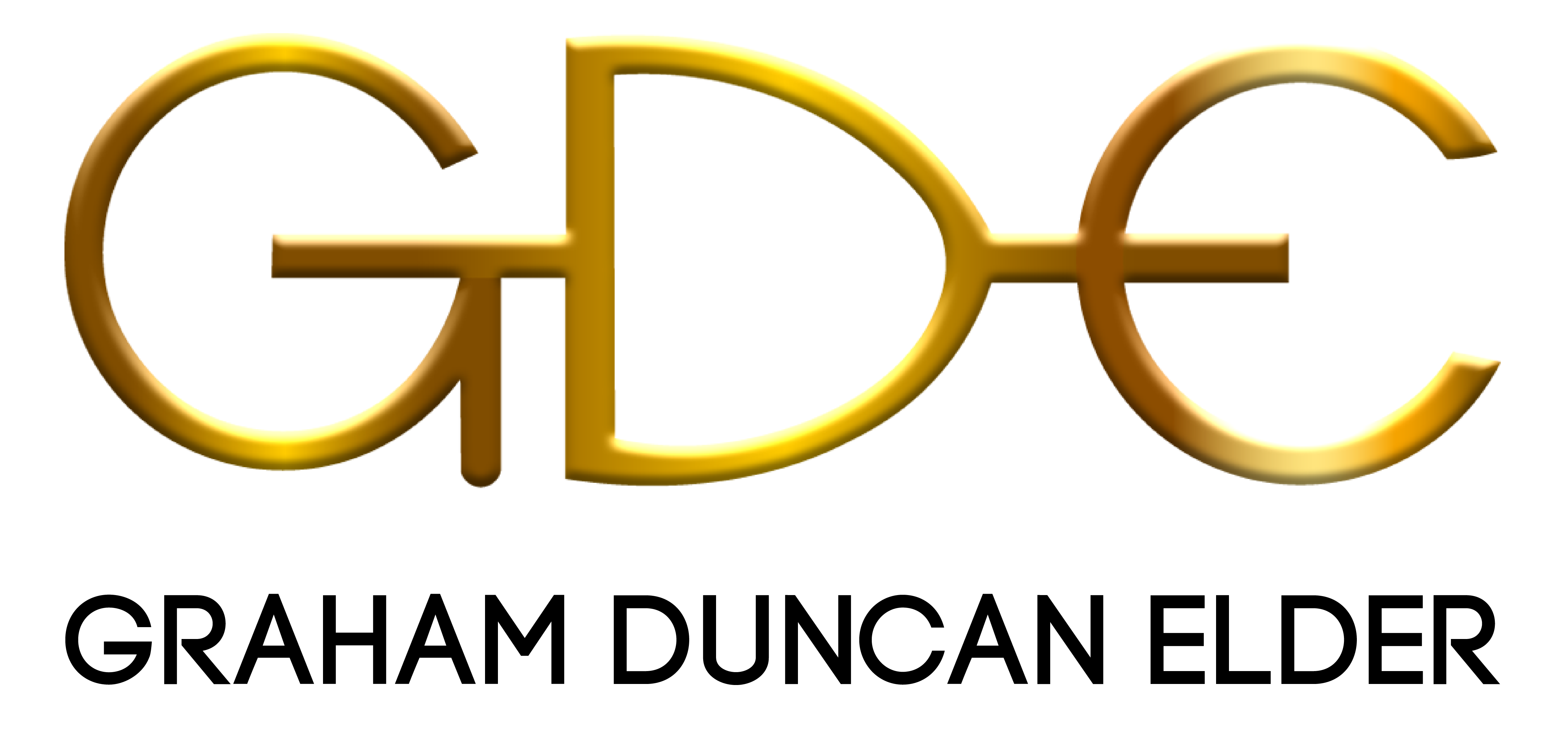- No products in the cart.

Portrait
Introduction To The Three Part Documentary,
The idea of interviewing Graham about his art quickly developed into a full-length documentary film on his life as an artist. Displayed on this web page is the entire movie split into three parts. All the interviews were unplanned first takes.
‘Graham Duncan Elder: Portrait of an Artist’ is the result of Andrew Locke editing interviews between Rozita Bakhshipour and the subject, Graham. Cleverly mixed with photos of his art, and footage of him painting; the video gives a colourful snapshot into the artistic life of a rising star within the artworld. From action painting on the UK stage to his new works exploring the modern-day nude, this portrait (in film) gives us an up-close view of the creative processes behind his vivid art
Part 1: ‘Walking and Dreaming’
The movie’s opening scene captures Graham talking about the essence of his artistic expression and his taste for high pitched colour. Jackson Pollock, Amedeo Modigliani, and Andy Warhol are artists discussed as inspirations for his art; an appreciation of their subject matter, original approaches, and application of paint are enthused upon by Graham. As he walks or surveys his local area, he gives us an insight into his exciting past and his aspirations for the future. His tales take us into the gentle dreams and nightmares of his artistic life.
Part 2: ‘Street Painting’
Talks on his large action paintings lead us to the streets where they were created with a live band. The film footage of Graham painting ‘Out of The Street into The Jungle’ and ‘Musical Storm’ takes us back to 2009. Andrew Locke’s electronic music brings the sped-up film to life, as does the circumstantial tales of these performance pieces. Rozita attempts to understand his ‘Heads series’ by probing the genesis of the paintings; and Graham recalls the ghosts of his past that made their way into his spooky portraits.
Part 3: ‘City Heights and Studio Sights’
The voice of Captain Beefheart rings out the poetry that spurred Graham to make art about one of his heroes. Further examinations of Graham’s portraiture, and the issues of likenesses/representations are questioned by Rozita. Other topics include the online world of video cams as a subject to paint from; Vincent Van Gogh, and Henri Matisse as guides towards mastery of colour. Andrew Locke’s music soundtracks most of this film, and the upbeat ‘Crying Dream’ helps celebrate Graham’s art, as well as the people and city that helped shape him.
